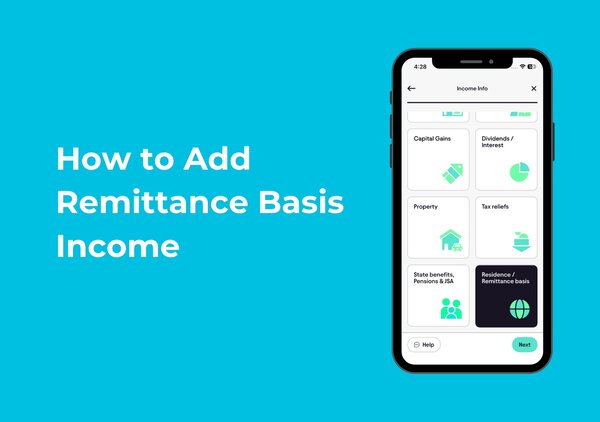As the UK’s Budget typically draws headlines for its flagship tax changes, several less-publicised technical reforms are poised to have widespread effect across society. These proposals, often buried within detailed Budget documentation, affect high-wealth individuals, small businesses, tax professionals, and low-income taxpayers alike.
This article reviews six significant and nuanced tax reforms included or anticipated in the Budget of November 2025, outlining their political context, potential economic consequences, and key points for policymakers and the public.
Each reform has been subject to recent policy development and consultation, with some awaiting crucial decisions or clarification in forthcoming legislative updates.
Non-dom Tax Reforms and Inheritance Tax
One of the most consequential measures involves a shift for UK-resident non-domiciled individuals, moving the system from a domicile-based framework to a modern residence-based regime.
The transition began under Chancellor Jeremy Hunt’s administration, with a further commitment by the current government to close longstanding “trust loopholes” that allowed substantial offshore assets to escape inheritance tax (IHT). The Office for Budget Responsibility has estimated that up to 25% of wealthier non-domiciled residents with assets in trusts could leave the UK as a result of these reforms.
This exodus is particularly prompted by IHT exposure, which applies a 40% rate to global assets after 10 years of UK residence. In contrast to earlier statistics, current assessments suggest only 5–10% of non-domiciled individuals have actually left so far, though the risk remains if the reforms proceed without accommodation.
Legal commentators expect further Budget clarification, with options including a phased IHT application or transitional arrangements to mitigate abrupt tax charges.
The Small Business Corporation Tax Gap
A pronounced and persistent issue for HM Revenue and Customs (HMRC) is the increasing tax gap tax that is assessed but goes unpaid among small companies.
Recent official statistics confirm that 40% of corporation tax due from small businesses remains uncollected, a trend that accelerated post-2019/20 and is no longer attributable to the pandemic alone. Unlike large and medium-sized businesses, where HMRC has succeeded in reducing tax non-compliance, the small business sector’s tax gap has surged.
The shortfall equates to at least £10 billion annually. Analysts attribute this largely to avoidance and evasion, often by individuals operating through opaque company structures. Despite the scale, government and HMRC policy teams are yet to pinpoint the precise causes or offer a recovery strategy.
Observers await explicit Budget recognition of the problem and a directive to HMRC to determine whether the losses are systemic or remediable.
Tackling Tax Avoidance Scheme Promoters
Tax avoidance schemes continue to pose both revenue and regulatory challenges. While officially classified tax avoidance accounts for about £700 million in annual lost revenue, many in the tax profession, alongside independent observers, contend that the true figure is likely higher due to misclassification with tax evasion and outright non-payment.
Recent government consultations have proposed granting HMRC robust new civil and criminal powers, including the introduction of a “Universal Stop Notice”. This would make the promotion of declared tax avoidance schemes a criminal offence instantly upon parliamentary approval. These proposals are contentious within the tax advisory sector, particularly over fears of penalties for non-fraudulent advisers.
However, there is broad support for ensuring the legislation targets only those persistently promoting unsound schemes and for including adequate safeguards for reputable professionals. Key clarifications on the scope and implementation of these measures are expected in Budget documentation.
Non-compliance in the Umbrella Company Sector
The expansion of umbrella companies entities that employ temporary or agency-supplied workers has introduced substantial new risks to PAYE and National Insurance compliance.
HMRC’s own lists show that nearly all named tax avoidance schemes in recent years have involved umbrella or remuneration schemes, with substantial sums lost to both avoidance and fraud. Draft legislation circulated in mid-2025 would make employment agencies jointly liable for tax defaults by umbrella companies.
While the intention is to incentivise agencies to conduct due diligence, critics warn this could simply shift avoidance to newly created recruitment agencies that are later abandoned.
Some industry experts contend that extending responsibility to the ultimate end-user the business employing the worker would ensure thorough compliance. The Budget’s stance on end-user liability and its effectiveness in curbing large-scale non-payment are points of keen interest.
HMRC Penalties and Impact on Low Incomes
Over the past five years, HMRC has issued approximately 600,000 late-filing penalties to tax filers whose incomes were too low to incur any income tax. This disproportionately affects low-income and vulnerable taxpayers, in some cases more so than those in higher income brackets.
Since 2011, fixed penalties have not been capped by the tax actually owed, meaning individuals owing no tax can still face penalties up to £1,600. Planned reforms will introduce a points-based penalty regime with lower fines, but these changes, tied to the Making Tax Digital rollout, will only reach taxpayers with incomes over £20,000 by 2028. There is currently no implementation date for those earning less. Advocacy groups have described this as an unfair “two-tier system”.
Policy experts estimate that abolishing penalties for low-income non-payers would cost the Treasury approximately £6 million annually a comparatively low figure for a measure with broad social benefits. The Budget may address calls for more equitable treatment.
Final Summary
These six technical reforms outlined in the UK’s 2025 Budget have considerable implications for the tax system’s fairness, effectiveness, and public trust.
As policymakers seek to maintain international competitiveness, reduce loopholes, and protect vulnerable taxpayers, the consequences of each change will be closely observed by legal, business, and civic sectors alike. Close scrutiny of the forthcoming legislative details will determine whether these measures can deliver their intended outcomes without unintended adverse effects.
For users seeking further updates and analytical insight into tax policy developments, resources such as the Pie app can offer continuing coverage and expert interpretation.











